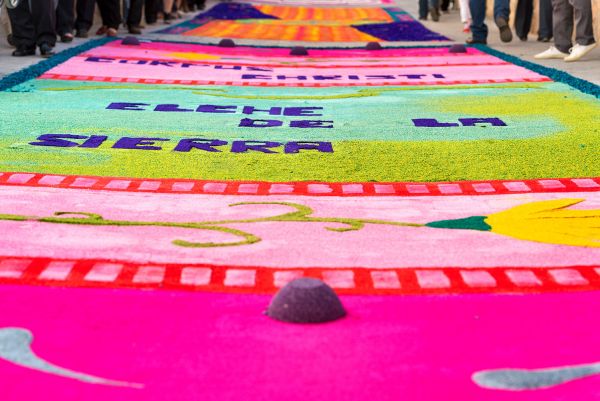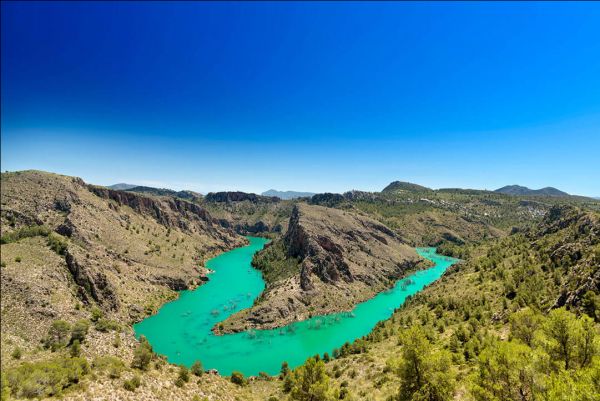Elche de la Sierra and the Segura river
Albacete
Elche de la Sierra is the largest town in the area, both in terms of size and population. Therefore, it is the financial and commercial centre.
Its city centre adapts to the unique morphology of the land, with winding streets and slopes contrasting with other flatter areas; also blending the old and the new, charming vintage architectural models with other more modern ones. As a lookout tower, the Church of Santa Quiteria looms over these city buildings and features, a highly important religious monument.
A must for all visitors is the Concordia Park, a small oasis offering a wide range of native plants. Not far from the park, in the patio of the Crucified Christ College, there is a well-conserved, magnificent example of an ancient oak tree, La Carrasca, which is over 700 years old. A little further down, we find the Balsa del Pilar, a water pond used for irrigation and where you can see fishes and drinking water in the four spouts jutting out of the pillar.
From almost every point in the city, you can see the San Blas Outcrop: at 871 metres , one of Elche’s most important natural sights and activities are held nearby all year round, such as climbing, hiking and fun runs. From the highest part of the outcrop, it is said that you can see as far as the towns of Ayna, Férez and Socovos.
In the foothills of the Outcrop, near Villares, it is believed that the battle took place that fatally wounded Amílcar Barca, the Carthaginian general (and father of Aníbal), who is thought to have, when seriously injured, fallen into the Segura river and drowned. A burial mound with a plaque reminds us that this spot is steeped in history and legend.
5 km from Elche lies La Longuera, one of the municipality’s most beautiful natural settings: a bathing area in the lush vegetation on the banks of the Segura river, a haven of peace and tranquillity. From here, to the west, following the river canyons, spots like los Bancalicos, La Muela hill, La Pluma port or the Almazarán bridge will delight all hiking fans.
Another natural setting next to the Segura river is El Gallego, further south, around 7 km driving towards Férez: the river tends to have a strong current here making it perfect for swimming, relaxing on the river banks and fishing. There is an important fishing reserve here. Close by, there is another bathing area, the Andrés Ravine.
And speaking of fishing, a well known spot among keen fishers is the Cenajo reservoir, on the provincial border between Murcia and Albacete.
Driving towards this area along the A13 regional road, we pass by a magnificent lookout point over a large meander of the Segura river in the landscape, just before reaching the pressured waters of the Cenajo reservoir.
The area surrounding the reservoir is also a great place for bathing, photography and spending a few hours in the countryside. The nearby mountains and areas next to the Segura river have great ecological value. Visitors can walk in the eucalyptus forest and in the mountains, see species such as the mountain goat, golden eagle, eagle owl and otters. If the reservoir water levels go down, you can see a Roman bridge and the town of Alcantarilla de Jover.
Corpus Christi is famous for making sawdust carpets in the town’s streets and has been declared a Festival of National Tourist Interest. All night, people of every age draw religious and floral motifs in the streets. The procession held on Sunday morning walks over the carpets.
May also be of interest to you
Castilla-La Mancha Tourism in 2023. All rights reserved.

 365
365







